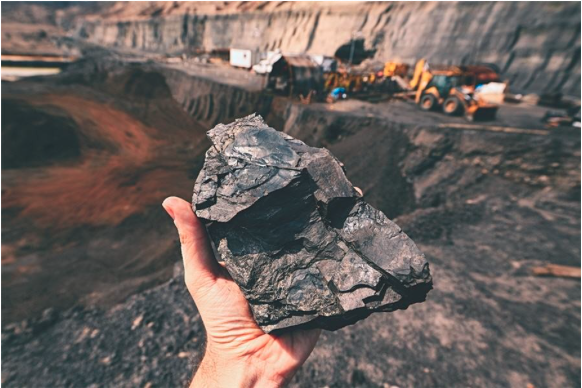Every breath you take: call for improved monitoring for coal workers

Researchers and clinicians are calling on the mining industry and governments to create better regulations in the interest of the health of coal miners.
A new University of Melbourne review shows there has been an increase in the number of fresh cases of Coal Workers Pneumoconiosis (CWP) in Australia since 2000.
CWP is a preventable but incurable lung disease that can be complicated by respiratory failure.
In addition, inhalation of dust generated by coal mining can lead to other forms of coal mine dust lung disease (CMDLD)
The review, published today in the Journal Respirology (published by the Asian Society of Respirology), describes how some coal miners have been unexpectedly diagnosed with CWP within the Queensland mining industry.
Queensland produces most of Australia’s coal from both underground and open cut mines.
Lead author Jennifer Perret, a post-doctoral fellow supported by the Centre for Air Quality and Health Research and Evaluation (CAR) and the Lung Health Research Centre at the University of Melbourne, said miners are facing greater exposure to dust because of the mechanisation of mining equipment.
“While there are modern engineering dust control methods currently in operation in mines, recommended dust exposure levels vary from state to state,” Dr Perret said.
“Regulation of the situation is much worse in China and the Asia Pacific region.
“There is no known cure for CWP so prevention and early detection of disease is critical.”
Dr Perret and her colleagues have also called for a comprehensive and co-ordinated approach to regular screening for miners.
Statistics show that dust exposure can affect lung function even in fit people who have never smoked.
“A first step to address this problem is to monitor lung capacity in mine workers and compare the findings with people not engaged in the mining industry,” Dr Perret said.
“While we wait for better testing for molecular and genetic bio-markers, more sensitive chest scanning techniques may help with more timely detection and intervention.”
Lung Health Research Centre Co-Director Alastair Stewart said new research is required to investigate the potential for treatment of CWP with drugs currently used to treat lung fibrotic conditions.